Cleavers – Galium aparine
Family: Rubiaceae – The Madder or Coffee family
AKA: Bedstraw, Goose Grass [i]
Parts used: Aerial parts (leaf and flower), root
Uses: Best tonic for lymph locally available. Swollen glands, skin conditions like dry psoriasis. Root dyes red, if birds eat, it will tinge their bones! [i] Insomnia, sunburn/freckles, cancerous growths and tumors, scalds, colds, swellings, bleedings, diarrhea, sores and blisters, remedy for snake bites, spiders and venomous creatures, helps urinary tract, powerful diuretic. Also used in deodorant.[ii]
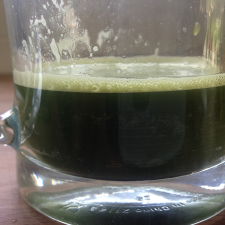
Cleavers, juiced. Note the totally saturated color; dark opaque green.
Commonly as infusion, but for cancer, best taken as a juice, which is strongly diuretic. Also a good deodorant and for skin issues. [ii] Also eaten like spinach when young. Fresh leaves and tips: can be boiled and eaten like spinach (or added to nettle soup). [ii]
Infusion: 1 cup boiling water over ½-1 teaspoonful of herb, infuse for 10-15 minutes, drink 3x/day
Actions: Diuretic, used for skin diseases such as seborrhea, eczema, psoriasis, for swollen lymph glands, and as a detoxifying agent for cancer. Also good for kidney stones and urinary problems (juice used for this too).[iii] Used as an alterative and blood purifier, and any disease which the body requires cleansing – eczema, psoriasis, arthritis. Lowers blood pressure, cools the body during fevers, external wash for sores and wounds. Used in herbal cosmetics and body care. Infusion of herb applied to skin said to clear complexion, also used as a hair rinse to treat dandruff.[ii]
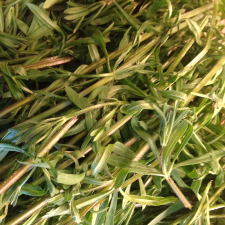
Harvested Cleavers.
Constituents: Iridioids, (including asperuloside), poyphenolic acids, anthraquinones (only in the root), alkanes, flavonoids, and tannins. Asperuloside is a laxative.[iii] Also coumarins, glycoside red dye, tannins, citric acid.[ii] Glycoside asperuloside, gallotannic acid, citric acid[i] Iridoids, polyphenolic acids, anthraquinones in the root, alkanes, flavonoids and tannins. Also Asperuloside which is a mild laxative.[ii]
Tincture: 2-4ml 3x/day
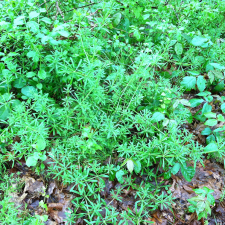
Cleavers’ growth habit.
Harvest: Collect by gathering Aerial parts, or top 1/3 plant, in spring and early summer – May and June when just coming into flower.
Taste: Green, grassy, slightly bitter, somewhat astringent.
Plant ID: Straggling, square-stemmed annual growing to 4’ with whorls of lance-shaped leaves, clusters of small white flowers, and small, round, green fruit with hooked prickles.[iii]
Historical: The name cleavers refers to the plant’s ability to cling (or cleave) to fur or clothing. [iii]
Combines: For cystitis and urinary conditions, combine with demulcent. For lymphatic system, use with Poke Root, Echinacea and Marigold. For skin conditions with Yellow Dock and Burdock[iv]
[i] Grieve, Maud. A Modern Herbal (from http://botanical.com/ website)
[ii] Mabey, Richard, et al. The New Age Herbalist. New York, N.Y.: Collier Books, 1988. P.108.

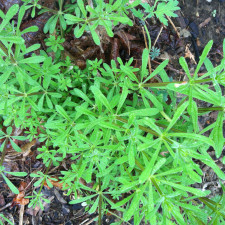
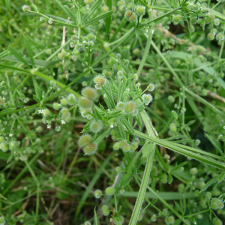
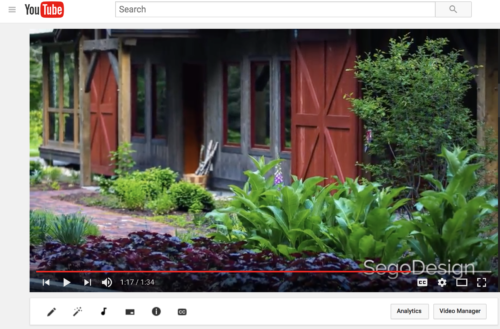
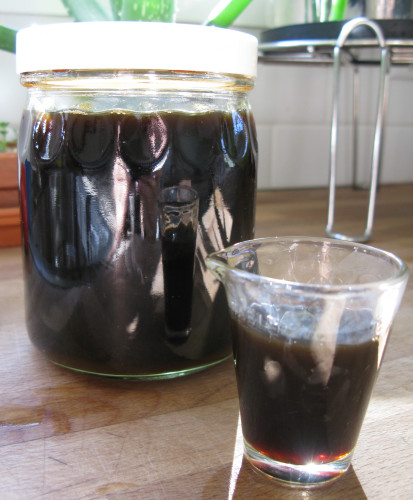
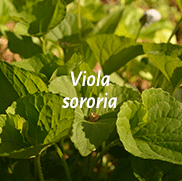


Pingback: Alterative | nataliedenormandie